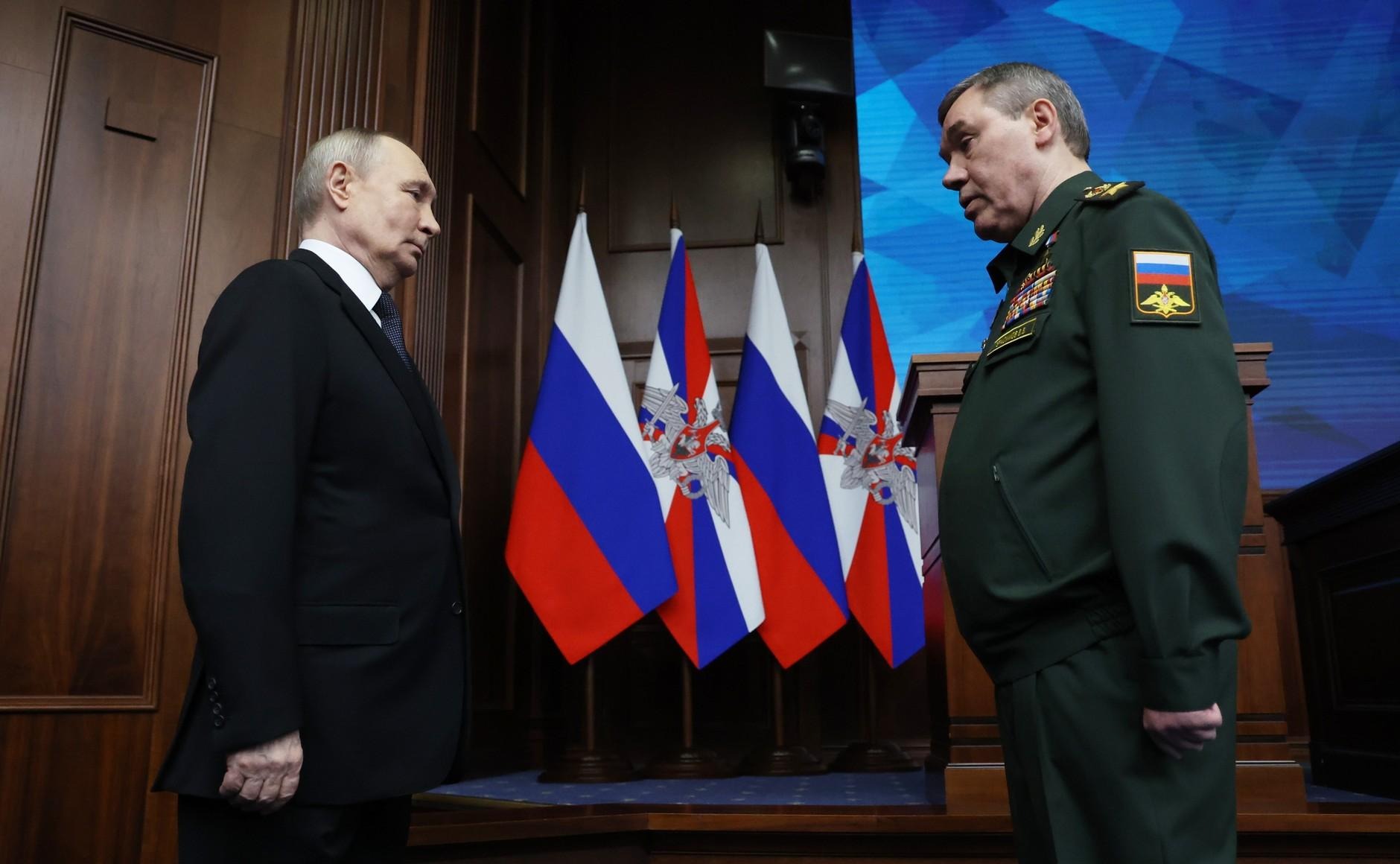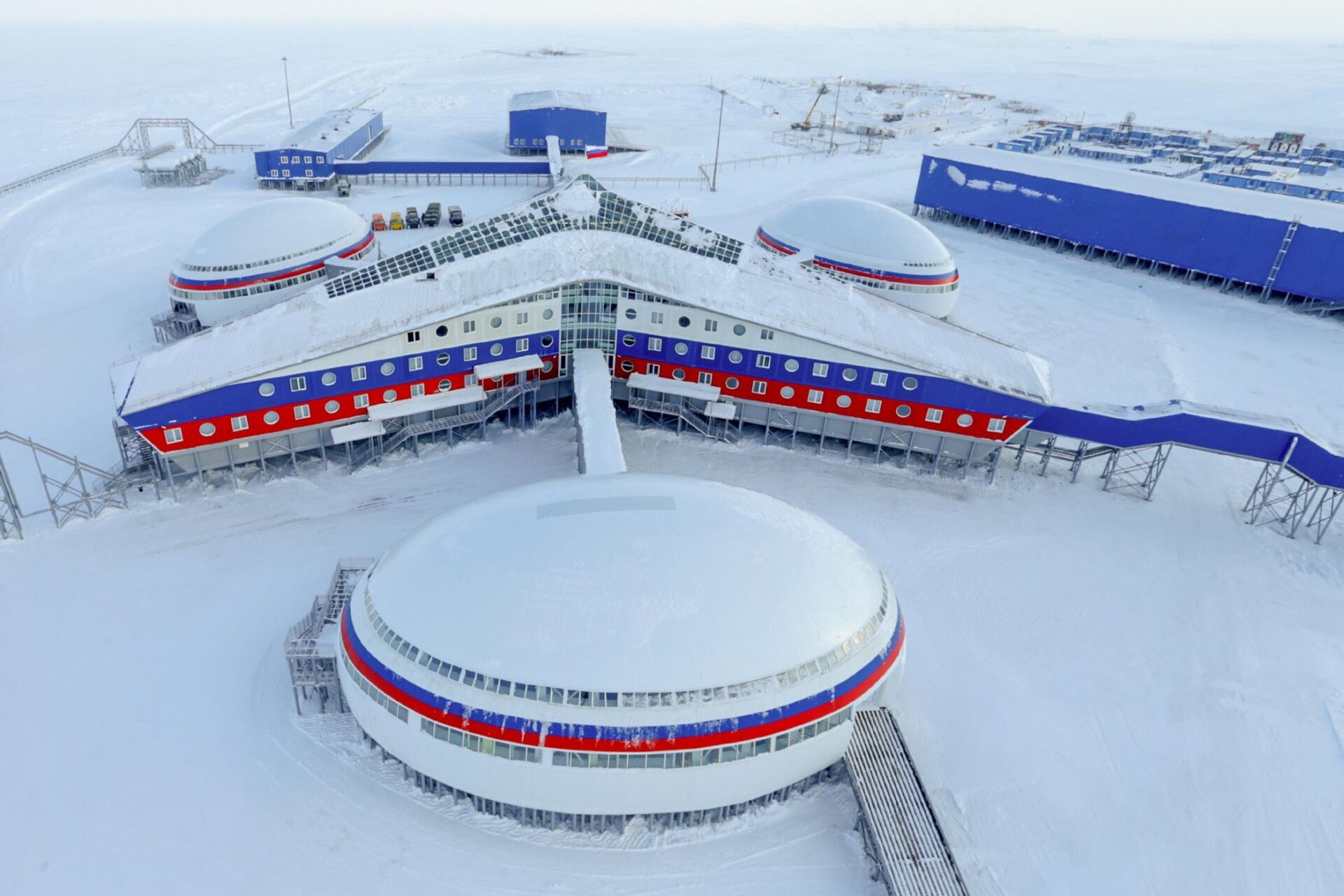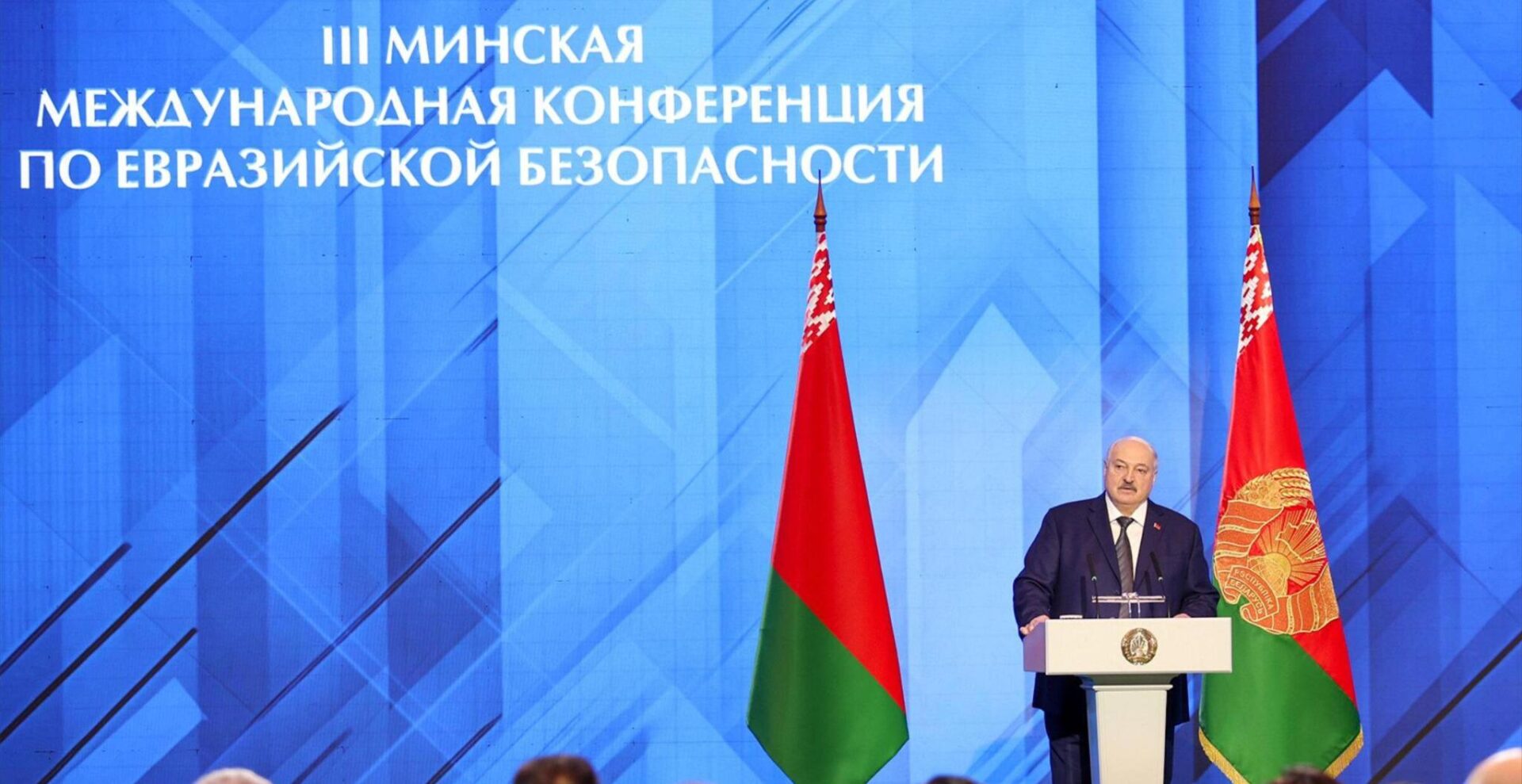
Image and Reality in Russia’s Armed Forces
Image and Reality in Russia’s Armed Forces
Threat inflationists, both within Russia and internationally, seize on every manifestation of military modernization to argue that Russia’s Armed Forces are fast becoming one of the world’s leading militaries and a force to be reckoned with. Nevertheless, Russia’s Armed Forces remain a pale shadow of the Red Army, beset by systemic weaknesses and a modernization program that often eclipses new or modern with merely upgraded assets. The growing gap between the state propaganda concerning the military and the actual condition of the Russian Armed Forces was inadvertently exemplified in mid-October. In particular, international attention was drawn to elements of Russia’s Northern Fleet being deploying to the Mediterranean Sea to support ongoing operations in Syria. As these vessels passed through the English Channel, they were closely watched by the Royal Navy. Russia’s only aircraft carrier, the Admiral Kuznetsov, itself a Soviet-era asset, belched out smoke and was accompanied by its tugboat on standby in case of any breakdown. This sight contrasted with the image Moscow presents of a relentlessly modernizing military (RIA Novosti, October 15).
Reinforcing the Naval Grouping in the Mediterranean Sea again raised the specter of a fresh use of Kaliber cruise missiles in possible precision strikes against targets in Syria (Voyenno Promyshlennyy Kuryer, October 18). The defense ministry is doing all it can to support the image-building of the Armed Forces. And for now it benefits from the domestically popular effort to mount Moscow’s own variant of the “War on Terror” under the guise of propping up the Bashar al-Assad regime. But some aspects of its claims concerning military advances deserve closer scrutiny. As the additional naval deployment ensued, Defense Minister Sergei Shoigu used another meeting of the National Defense Management Center (Natsional’nyy Tsentr Upravleniya Oboronoy—NTsUO), in Moscow, to reflect on the achievements of the rearmament program. Shoigu’s list of advances toward a modernized military was no doubt intended to impress his NTsUO audience as well as to help ensure that budget funds will not be cut even in shaky economic times.
Shoigu explained that in the third quarter of 2016, the defense industry had provided 4 new aircraft, 13 helicopters, 21 modified radars and new coastal missile systems, and noted that routinely Armed Forces’ units receive new armor, engineering and automotive equipment, communications equipment as well as modernized weapons. This includes an emphasis on precision-strike systems and advanced technologies (Voyenno Promyshlennyy Kuryer, October 18). Shoigu also offered the impressive statistic that the number of defense companies frustrating the state defense order is currently around 2.5 percent (Mil.ru, October 21; Vedomosti, October 14).
This theme of defense industry accountability and economic stringency was also underscored by Deputy Defense Minister Tatyana Shevtsova. Years of waste, a lack of transparency and endemic corruption has given way to the defense ministry monitoring every ruble bound for defense industry contracts. Shevtsova says the ministry conducts “constant monitoring” of the efficiency of budget spending, establishing inter-departmental control over expenditure on the state defense order. She added that this allows the defense ministry to analyze financial planning, the implementation of the budget, procurement management, auditing, asset management, and other parameters to enhance management decisions and improve fiscal efficiency. Shevtsova also noted that during this past September’s Kavkaz 2016 military exercise, Moscow tested its ability to essentially place the economy on a war footing by harnessing civil economic and financial institutions to support a wider crisis response (Nezavisimoye Voyennoye Obozreniye, October 21).
The image, therefore, of unstoppable progress toward achieving the target of 70 percent “new or modern” in the weapons and equipment inventory by 2020 conceals the fact that much of that figure will be papered over, massaged on the basis of repairs or upgrades, or in some units by simply providing inflated reporting. A similar situation persists with the target-driven efforts to recruit much higher numbers of contract personnel, accompanied by a defense ministry ban on reporting the annual numbers of contract personnel leaving service. In any case, the leadership of the Eastern Military District (MD) reports having reached 50 percent contract service in units in the district (Mil.ru, October 21).
But coupled with the advances toward a pseudo professional army—the defense ministry has confirmed there are no plans to abandon conscription—are fresh claims to have resurrected mass mobilization (see EDM, September 29). Certainly, the defense ministry leadership style emphasizes mobilizing large numbers of troops for exercises and snap inspections, not least to afford a grand scale show of force. Yet, despite the credibility some grant to this latest fashion among the top brass, in reality the mass mobilization concept abandoned by Shoigu’s predecessor Anatoly Serdyukov had only existed notionally by 2008—Russia had long lost its capacity to conduct mass mobilization. Indeed, the concept is entirely alien to modern warfare and is often confused by laymen as meaning the state’s ability to muster reserves during a rime of extended war or crisis. The nascent Russian reservists system can squeeze out a couple of battalions, perhaps even a brigade, but this represents little in the way of “follow on forces” needed in any future protracted conflict.
One area where the melding of image and reality yields dividends is in high-end arms sales. The recent BRICS summit in Goa, India, resulted in a swathe of high-profile bilateral arms deals between Moscow and New Dehli, including the joint production of Ka-226 helicopters and the transfer of the advanced S-400 air defense system. Details on the S-400 sale remain scarce, but Moscow is clearly buoyed by the defense deal and the diplomatic victory the BRICS summit represents in terms of making the case that Russia is not isolated internationally (Voyenno Promyshlennyy Kuryer, October 18).
However, the defense ministry’s intense public relations campaign to talk up Russian military capability remains extremely difficult to accept at face value. Russia’s Armed Forces still confront a variety of real challenges, ranging from military manpower issues to military culture and education producing a system where individual initiative is a rarity. Their ongoing effort to form three new divisions in Western and Southern MDs, mainly by moving units and restructuring, equally faces challenges. As part of this transformation, the 9th Motorized Rifle Brigade is moving from Nizhegorod to Boguchar, in Voronezh Oblast, with the reported conditions at the latter site verging on the appalling. This suggests that considerable effort and investment in infrastructure will be required in the years ahead (Gazeta.ru, September 29). Many of these challenges serve to mitigate or limit Russian military capability, while the defense ministry PR serves the opposite purpose: to heighten, exaggerate and spread fear.


